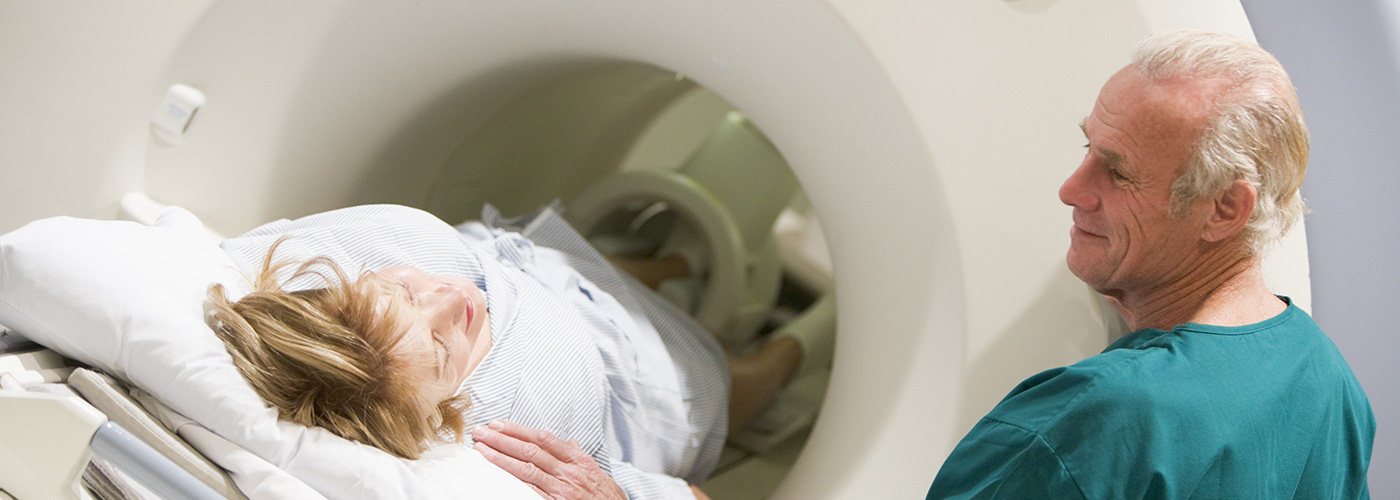Nuclear medicine
TRANSRAD is a key player in the transport of the radioactive materials and isotopes used in nuclear medicine

TRANSRAD is a key player in the transport of the radioactive materials and isotopes used in nuclear medicine
TRANSRAD is involved in every stage of the distribution chain, from the raw materials through to their use in hospitals.
We are actively involved in both radiochemistry and radiopharmacy.
The distribution chain for Molybdenum-99 (Mo-99) is a great example of the complexity of what we do.
Molybdenum-99 is the parent isotope of Technetium-99 (Tc-99). This radioisotope is used in almost 80% of in vivo diagnostics.
It is mainly used to diagnose thyroid function and to detect the presence of cancerous cells in lungs, the heart, the liver, the gall bladder and bones.
The first stage involves producing Uranium-235 (U-235) targets. These targets are taken to reactors where they are irradiated. The fission reaction produces Mo-99. These irradiated targets containing U-235 and Mo-99 are then transported to a production unit that produces Mo-99 in liquid form (Production Facility for Fission Isotopes). These containers of liquid Mo-99 are then taken to a production unit for Mo-99/Tc-99m generators (Production Facility for Radiopharmaceuticals). The generators are sent directly to hospitals where the Tc-99m is injected into patients.
As the half-life of Mo-99 is 66 hours, and that of Tc-99m is 6 hours, the distribution of these isotopes is a race against the clock.
We also distribute a range of other isotopes used in radiopharmacy around the world, including iodine, yttrium and gallium for example.

Transporting radioactive materials with a short half-life is like transporting a bucket of water with a hole in it, and trying to make sure that you are as quick as possible so there is some water left to deliver to the end client.
Rob Dekkers
Global Logistics and Distribution Leader, GSC, Life Sciences, Core Imaging, GE Healthcare